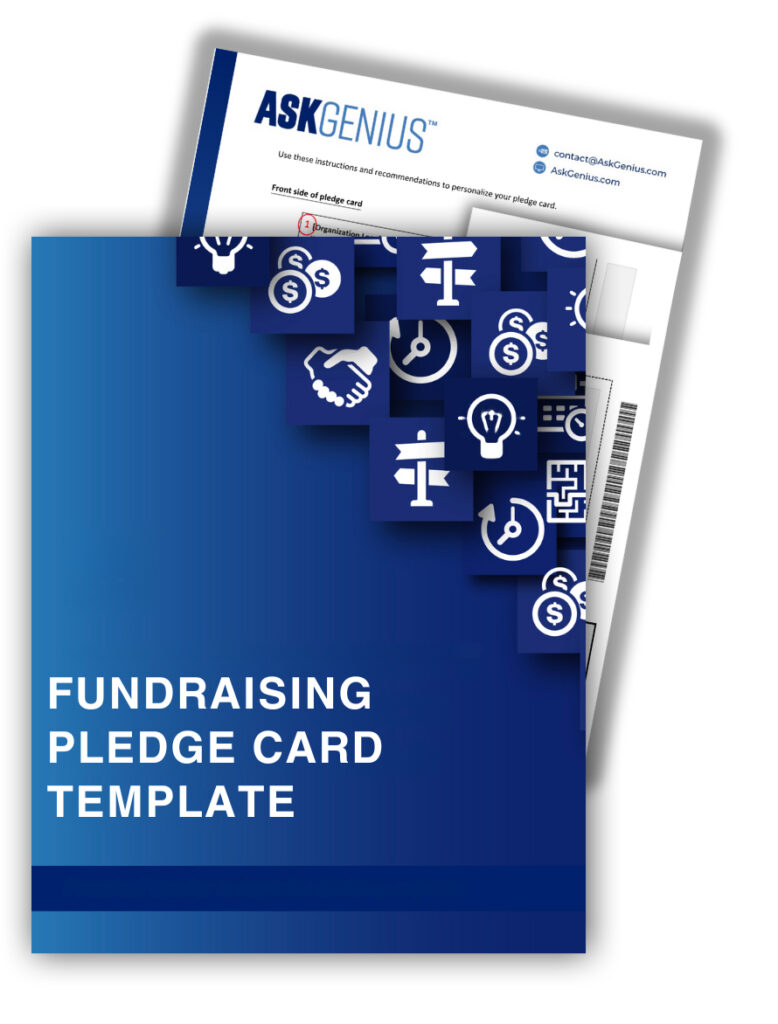The science of nonprofit fundraising is tricky—such is the territory when asking people for money. While most research suggests that the less you ask for (i.e., a lower financial burden for your donor), the more people respond (that’s good!) but the smaller donation they will give (bummer!). But what happens when you ask for more by using steepness in your ask strings? As in incrementally increasing the ask amounts in your gift strings, gift arrays and gift range chart on your pledge card.
Fundraising ask amounts for first-time and infrequent donors
In a study that measured an initial ask below, at, or above their previous contribution against an ask string with a steep (20% increases), steeper (50% increases) and steepest (80% increase) in levels, it was shown that asking for more money yielded higher average donations—ask string steepness didn’t affect the response rate, but they did increase the average gift amount.
In other words, you can ask for more and get more without hurting response. For your nonprofit fundraising, this means free money.
The caveat is with multi-donors
Before you get carried away with the concept of free money pouring into your nonprofit, studies also show that multi-donors (your faithful, consistent donors) were not responsive to ask strings with steepness. Framing the ask strings around ask amounts that were higher than their previous contribution was correlated to a big drop.
Reading between the lines, the multi-donors in this case are essentially saying, “Hey, we already told you how much we like to give and that’s that.”
Key takeaways
What does this all mean? In sum, people who give regularly to an organization may be set in their ways of how much they want to give to your nonprofit. Therefore, when creating an ask string for them, you should consider using the suggested donation amounts from their previous contributions.
However, you have more wiggle room with first-time and infrequent donors—they appear and act more pliable when trying things like steeper gift arrays. With that said, you should feel empowered to focus on efforts that aim to get more value from them early on in the relationship. Why? Because the studies show it’s a good idea to elevate their support before they get set in their ways like we saw with faithful multi-donors.
Sign up for our newsletter and get fundraising insights delivered to your inbox once a month.
